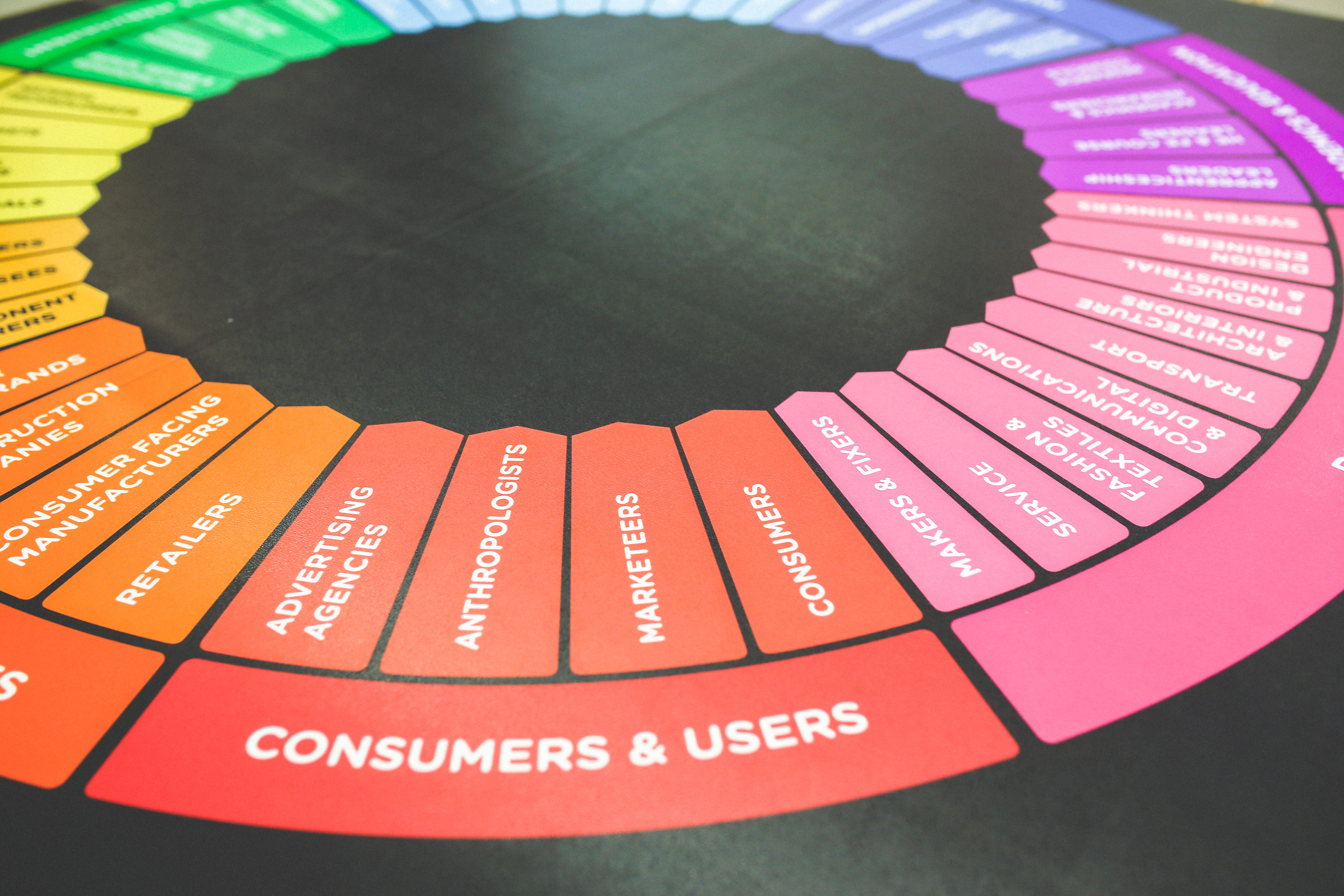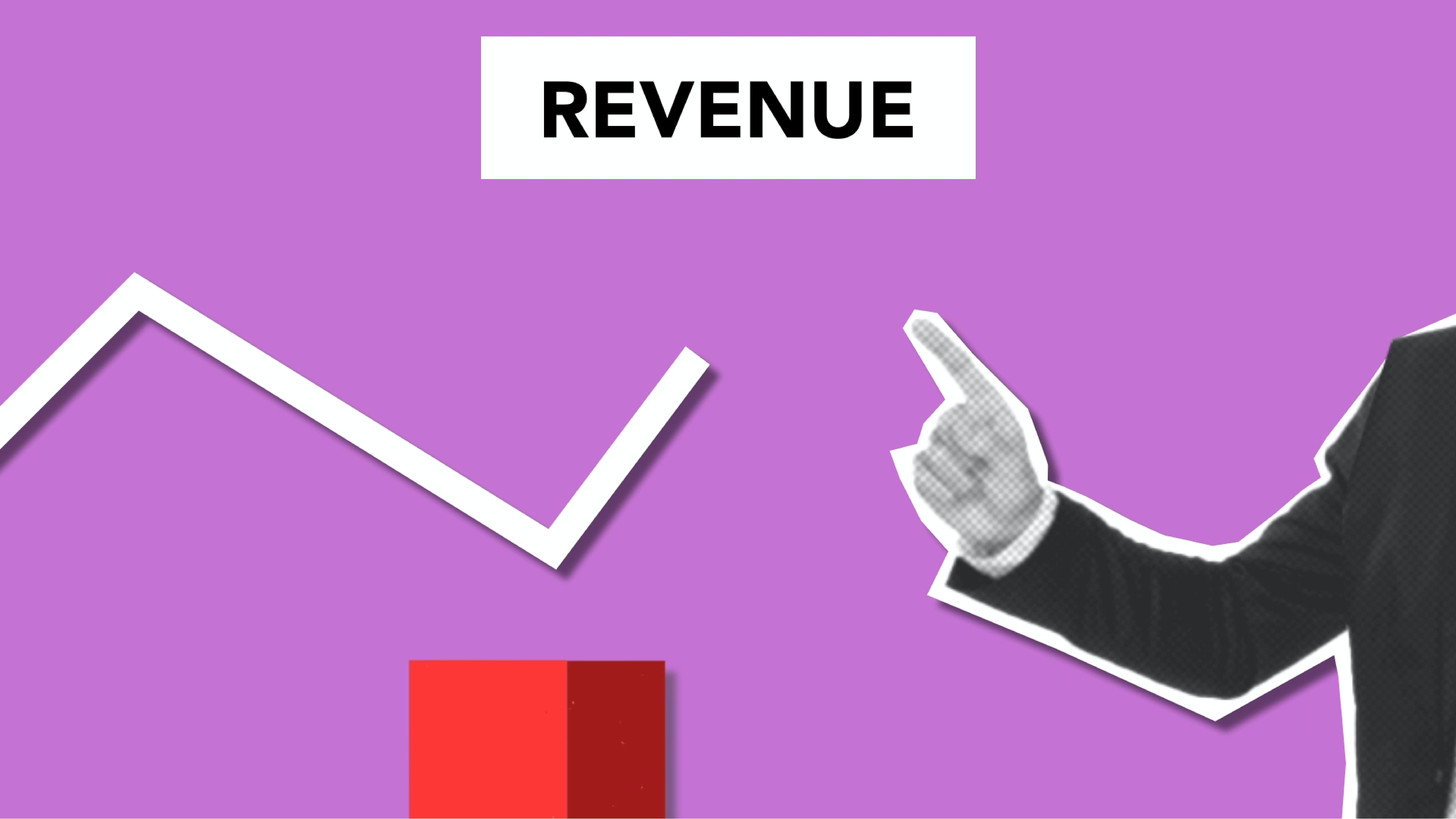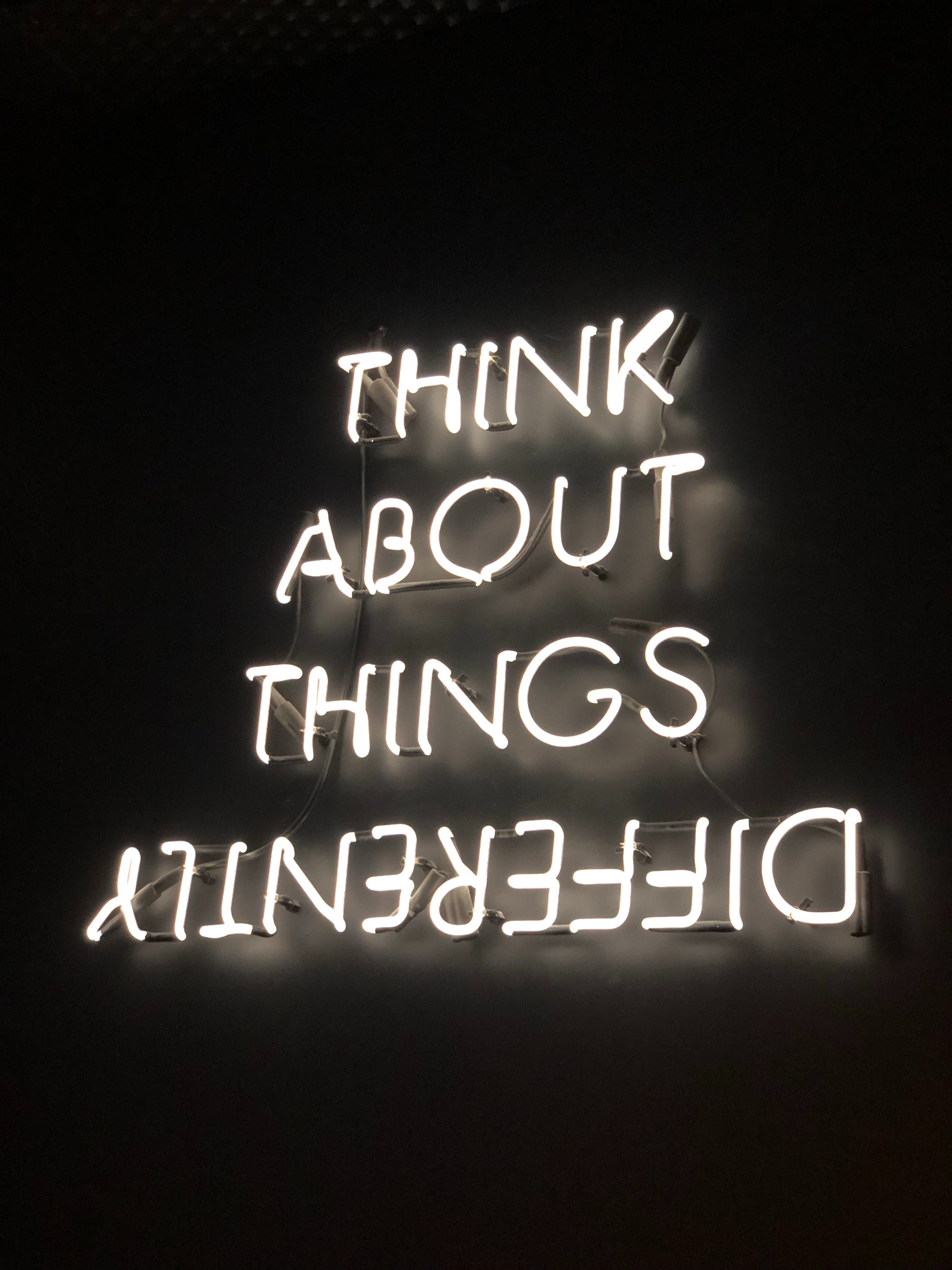

At its core, linear UX focuses on allowing a user to complete a task or a goal in a smooth, simplified process. As a result, this method ends up taking away a lot of unnecessary fillers or complications, thus making the user experience super streamlined and seamless. Overall, linear UX focuses on creating a goal-oriented user experience.
So, what exactly is it? Linear UX is a set of user experience methods that are focused on taking a minimalist approach to UX design. Linear UX imagines the user experience as just that: linear. This means that the process for a user to get from point A to point B should relatively simple and seamless. No confusing loop around, nothing that is irrelevant to the user being able to complete the task that they have set out to do.
Since linear UX is all about helping a user complete a task in a seamless manner, a linear UX design focuses on creating an experience with a specific beginning, middle and end process that allows the users to complete one action with each of the steps. Having a specific beginning, middle and end, helps users know exactly where they are in their process of completing their task. Since each of these parts of the process has a step that is ultimately part of helping the user complete their task or goal, the user is able to estimate how long it will take them to complete this task.
While there may be a beginning, middle and an end to this user journey, the key focus of linear UX remains the same: simplicity. This does not necessarily mean a bare bones design. Simplicity refers to how easily the user is able to complete their given task. This refers to removing unnecessary steps or distractions that impede the user from being able to finish their objective in a seamless way. Within the beginning, middle and end phases, unnecessary steps, options, and actions are removed from the user experience. The goal behind linear UX is to put the user at the center of the user’s journey; helping the user meet their goals or accomplish their tasks in the simplest manner is the main objective. This means keeping the goal in mind throughout the design process: how can the user accomplish their task in the fewest amount of steps?
Linear UX is a concept that is on the rise in 2018 because it ultimately leads to user journey simplification, and ultimately, better user experiences. When a user interacts with an app, website or device, typically the user has a particular goal or task in mind that they are looking to complete. The less effort that is required for a user to complete this goal or task, the better the overall user experience. That’s because in this age of instant gratification, having to spend longer to complete a task or goal due to unnecessary add-ons just causes the user frustration. Linear UX helps to enhance the overall user experience by allowing them to complete their tasks with minimal fuss. Linear UX not only leads to user journey simplification, it also helps to increase our understanding of user behaviors and help us to identify more critical-touch points throughout the user’s journey.
In the Linear UX approach, we remove as many options and actions as possible from the experience and stick with the core actions that are critical to solving the problem. Through this, the user and the user's needs remain the center focus of this UX method.
READ MORE: Accessibility and UX Design, The Value of UX as a Business Tool, Who is Your Most Influential UX Person?, Incorporating a UX Strategy Into Your Business










Comments
Add Comment